Netflix has just approved the RED V-Raptor to be used on its 4K Originals. The Raptor 8K VV is the sixteen RED Digital Cinema camera that has been approved by the streaming giant. Read below the settings and best practices for capture with the RED V-Raptor 8K on Netflix 4k Originals.
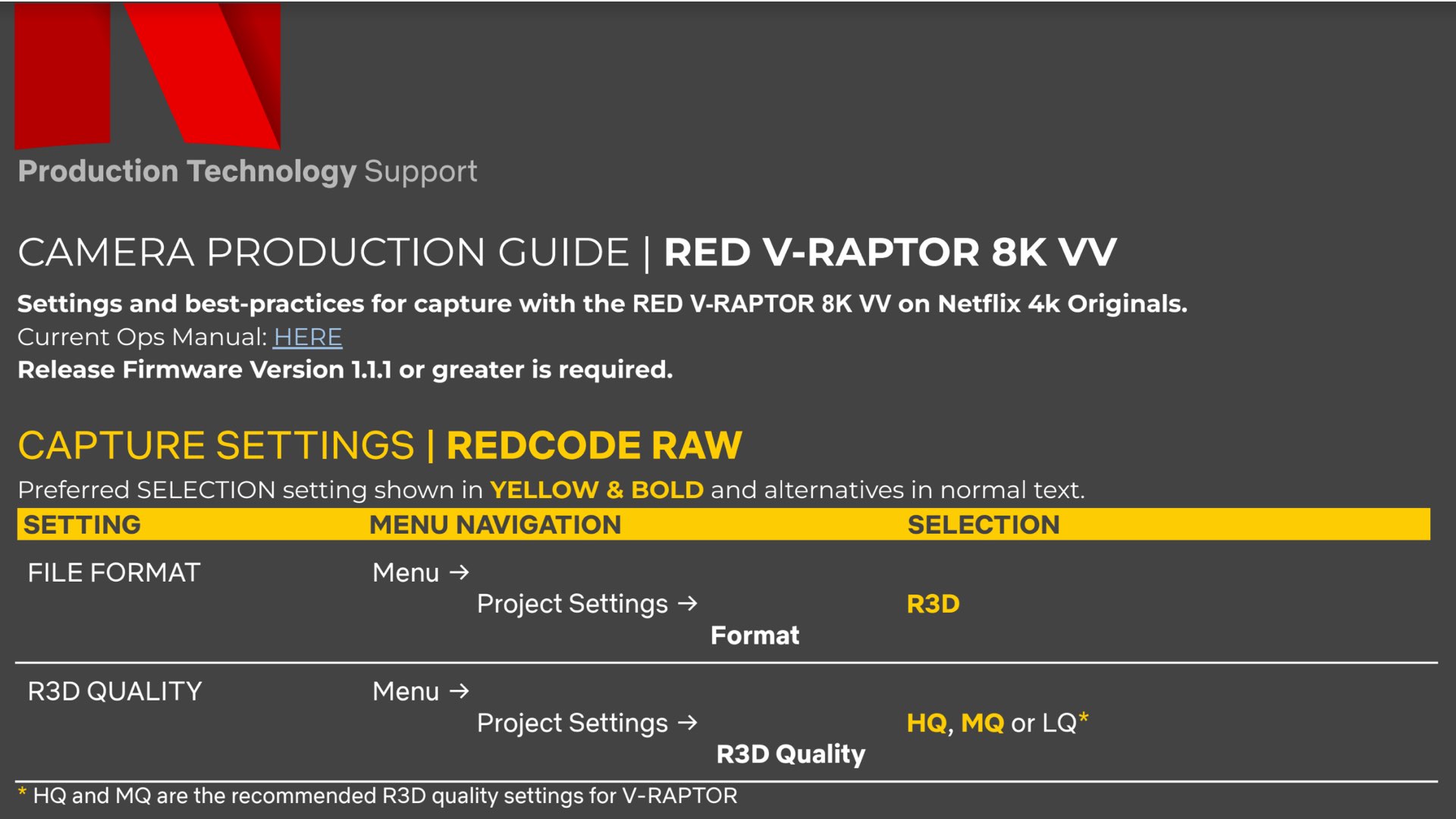
The first DSMC3 to be approved by Netflix
The RED Digital Cinema V-Raptor is the first model in the DSMC3 (Digital Still and Motion Camera) lineup and was announced in September 2021. RED stated that the Raptor is “The most powerful and advanced RED cinema camera ever”. RED has defined the camera as the new flagship system and sensor, as well as the first entrant into the new DSMC3 generation of cameras (BTW, in our mind, the Komodo is the first DSMC3). The Raptor is capable of shooting 8K in Vista Vision format, up to 120 FPS, and owns “17+ stops” of DR. Its size is only slightly larger than the compact Komodo, and it offers multi-format capture in 8K VV, 6K Super35, 4K, 3K Super16, and anamorphic options. It can shoot 8192 x 4320p at 60 FPS, and up to 480 FPS in 2K. Now, it is also a ‘Netflix Approved’ camera.
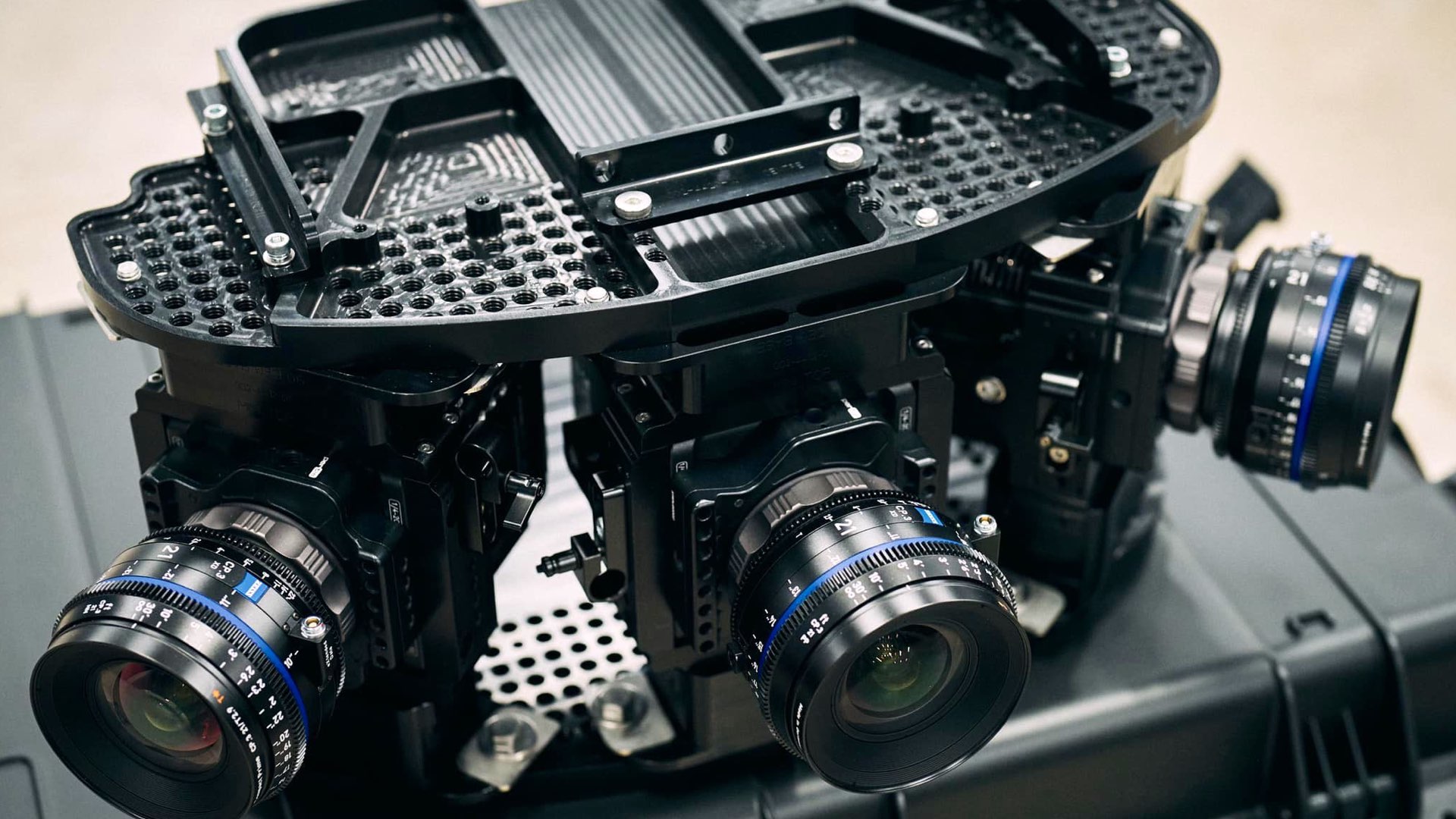
The Raptor 8K VV is the sixteen RED Digital Cinema camera that has been approved by Netflix. Explore the entire list below:
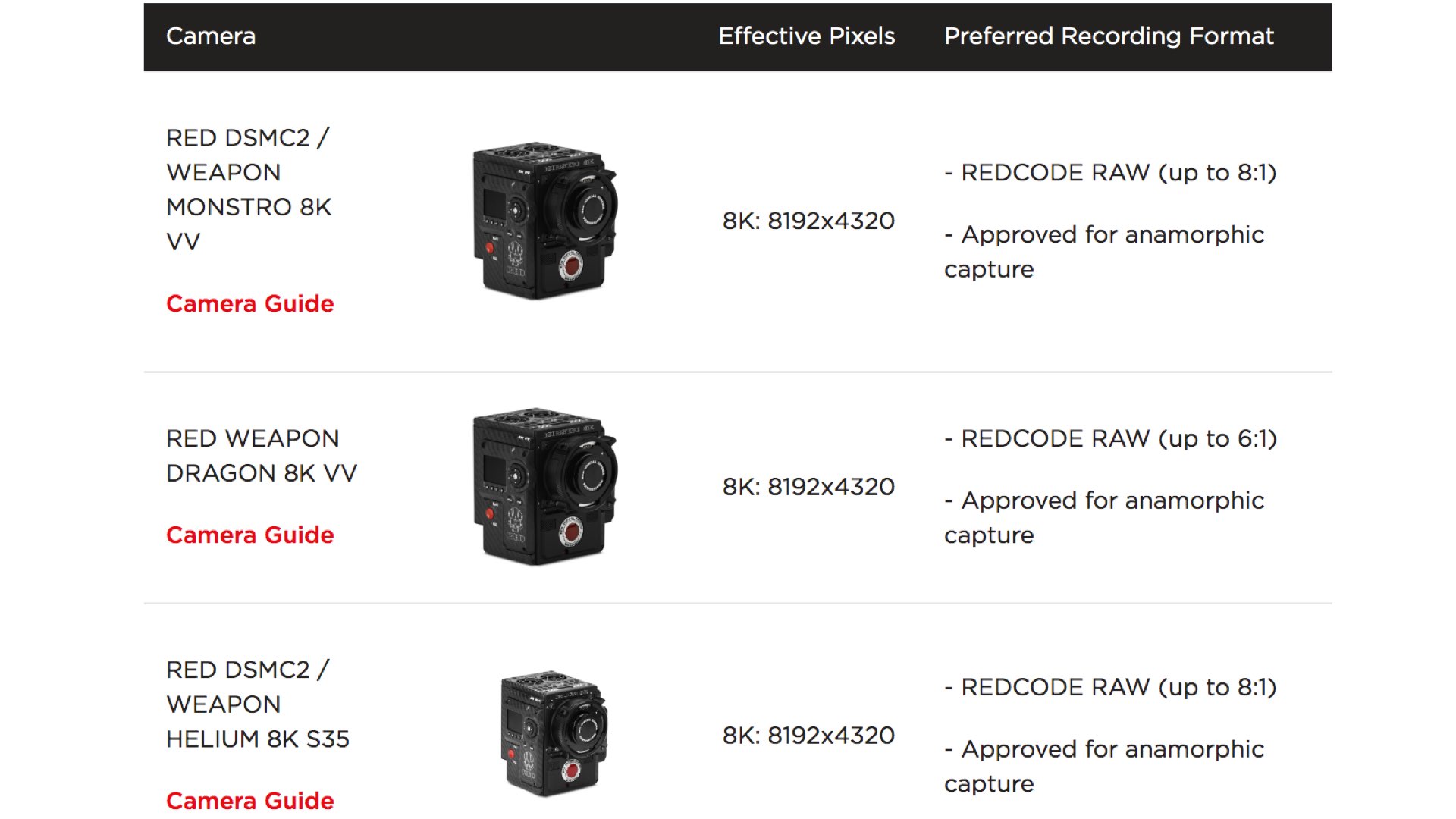
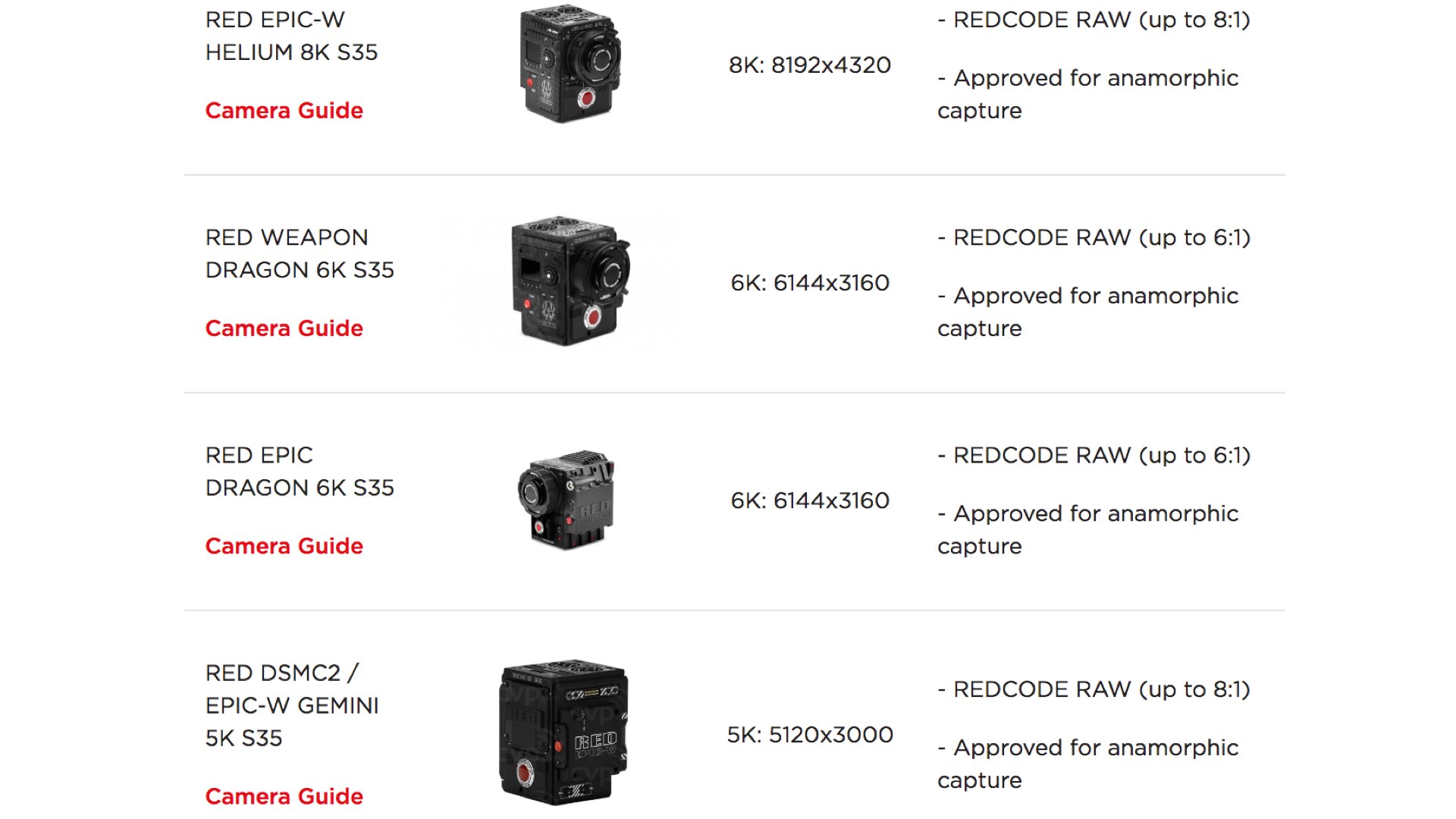
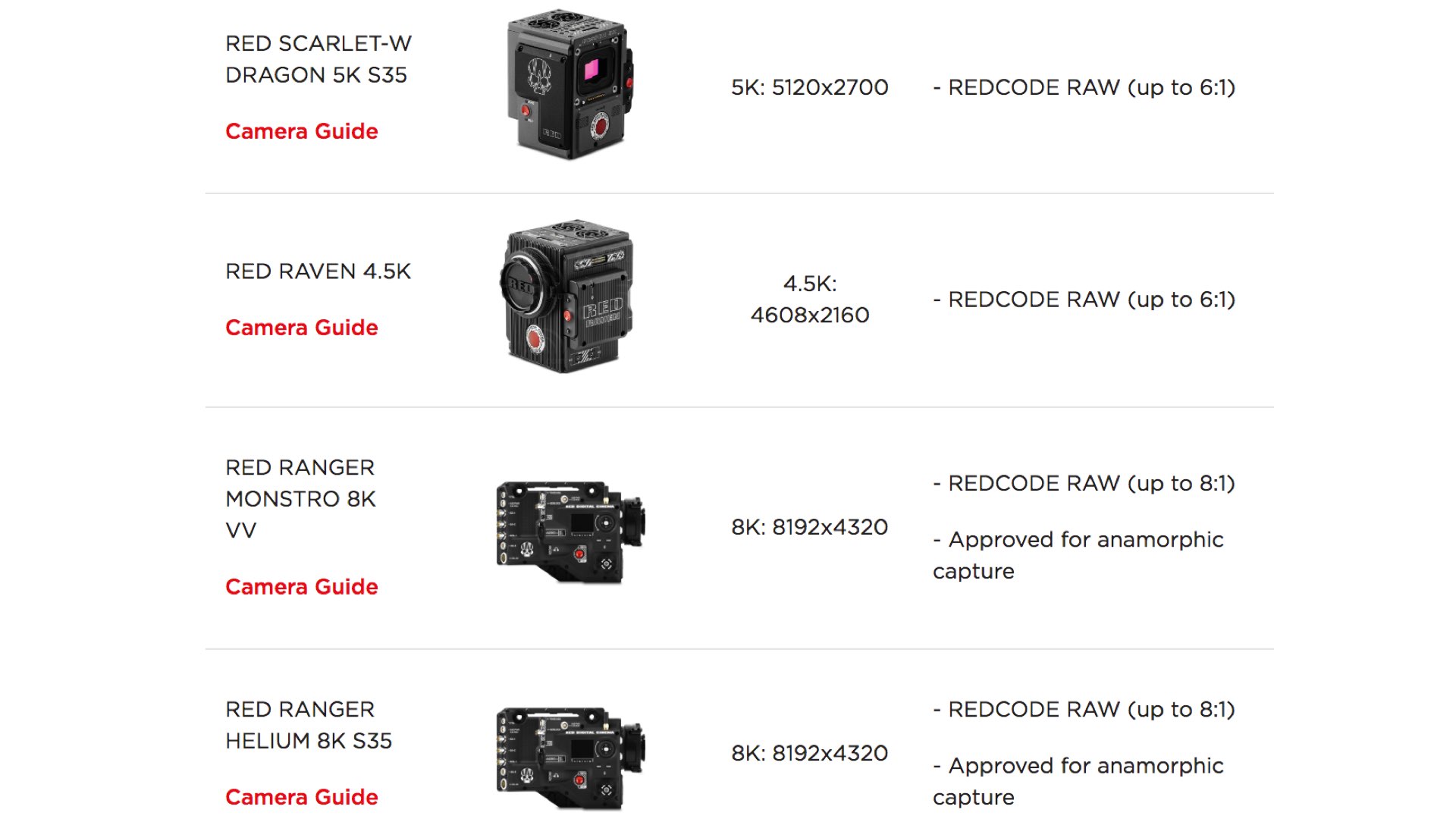
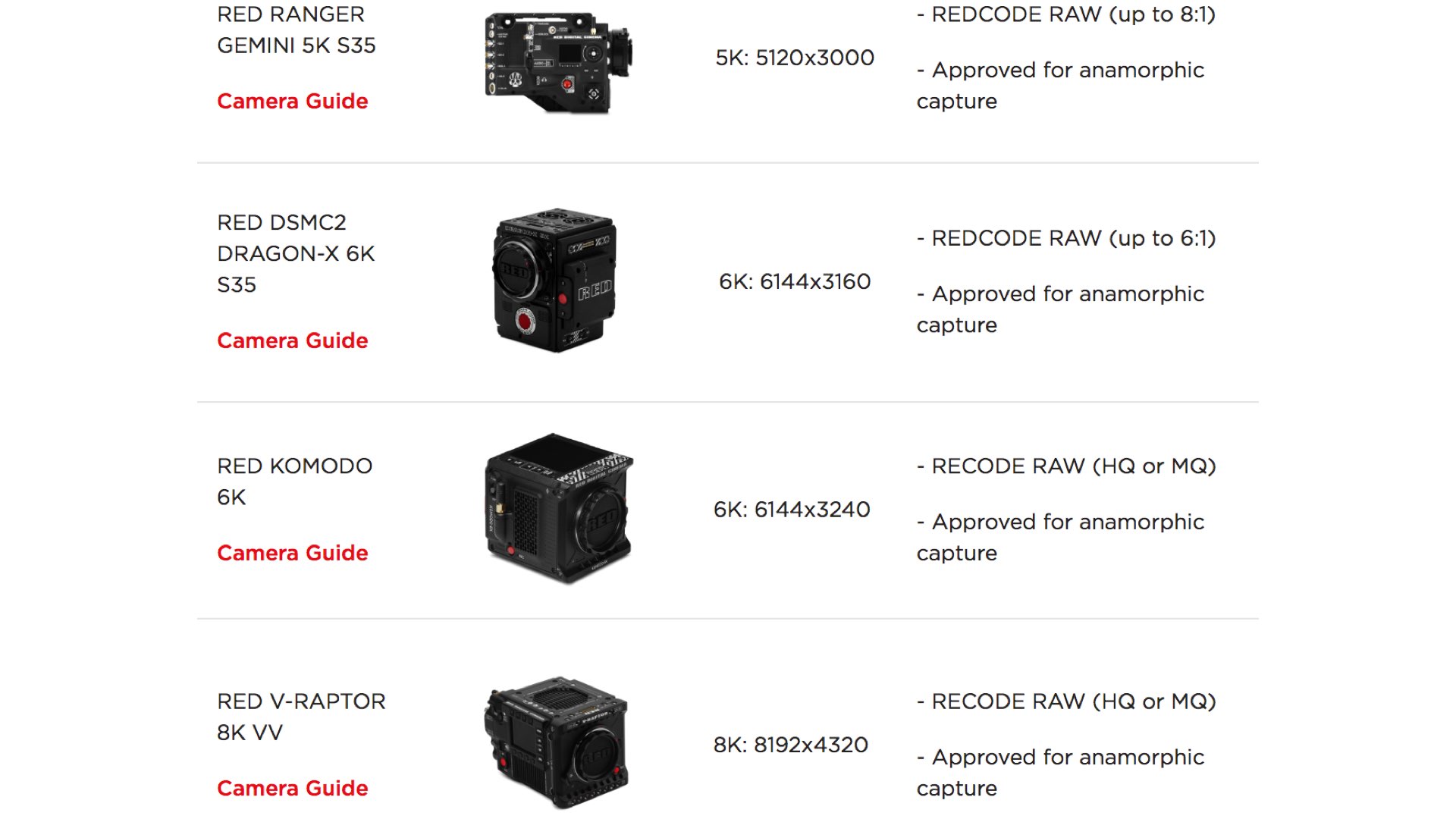
Here’re some interesting articles we wrote about the Raptor, for those who’d like to learn more:
- RED V-RAPTOR ST DSMC3 Announced: Full-Frame, 8K, 120FPS, and 17+ Stops of Dynamic Range
- “V” for Velocity: Thoughts About RED’s New 8K Large Format Camera
- RED Raptor’s Stitched Sensor Shows Artifacts
- World’s First RED V-Raptor 8K Aerial Camera Array
- RED has Created “Behind-the-lens mitigation” for Raptor’s Stitched Sensor
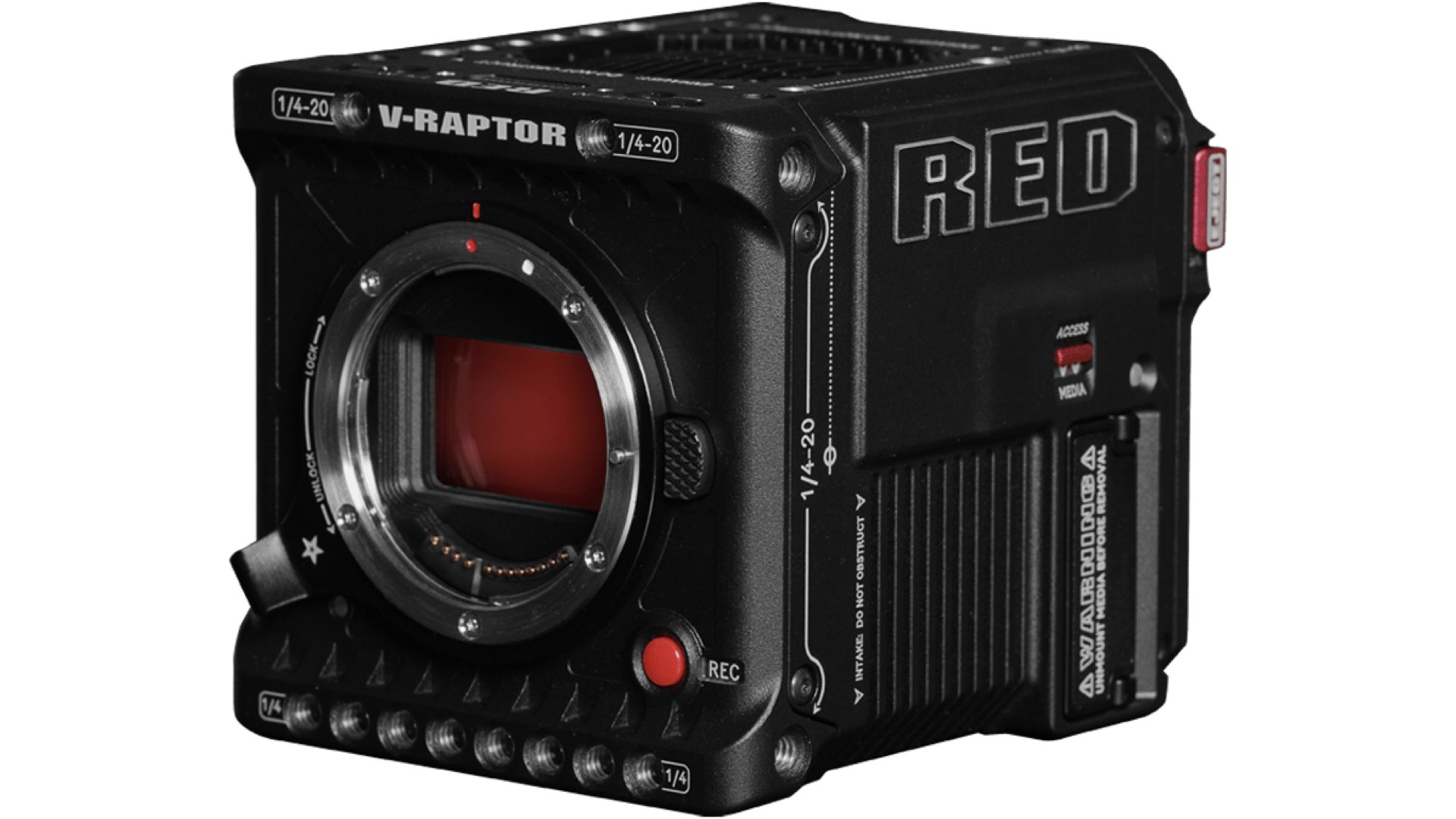
Netflix & Raptor: Camera Production Guide
Here’re the settings and best practices for capture with the RED V-Raptor 8K VV on Netflix 4k Originals:
- Firmware needed: Version 1.1.1 or greater
- Capture settings: R3D. Compressions rate — HQ and MQ are recommended. LQ is also optional
- High-speed preferences: CFexpress 2.0 Type B — 120 fps, 8192 x 4320, LQ as a minimum, 160 fps 6144 x 3240 MQ as a minimum, 240 fps 4096 x 2160 HQ as a minimum, and 480 fps 2048 x 1080 HQ as minimum
- General exposure settings: Netflix states that it is good to start from ISO 800, and then adjust the ISO (ISO 640~ ISO 1600) if needed. For example, lower contrast scenes don’t need as much highlight protection, and may therefore benefit more from ISO settings as low as ISO 320.
- Black shading: According to Netflix — If shooting inconsistent ambient temperatures, it is recommended that black shading calibration is done once a week, usually at the end of the day while cameras are still warm. However, if ambient temperatures vary considerably (+/– 30°F or +/–15°C), black shading should be done consistent with these changes, unless previously calibrated.
For more guidelines refer to the Netflix V-Raptor Production Guide here.
Product List
Here’re the products mentioned in the article, and the links to purchase them from authorized dealers.
- Red Digital Cinema V-RAPTOR ST 8K VV DSMC3 Camera

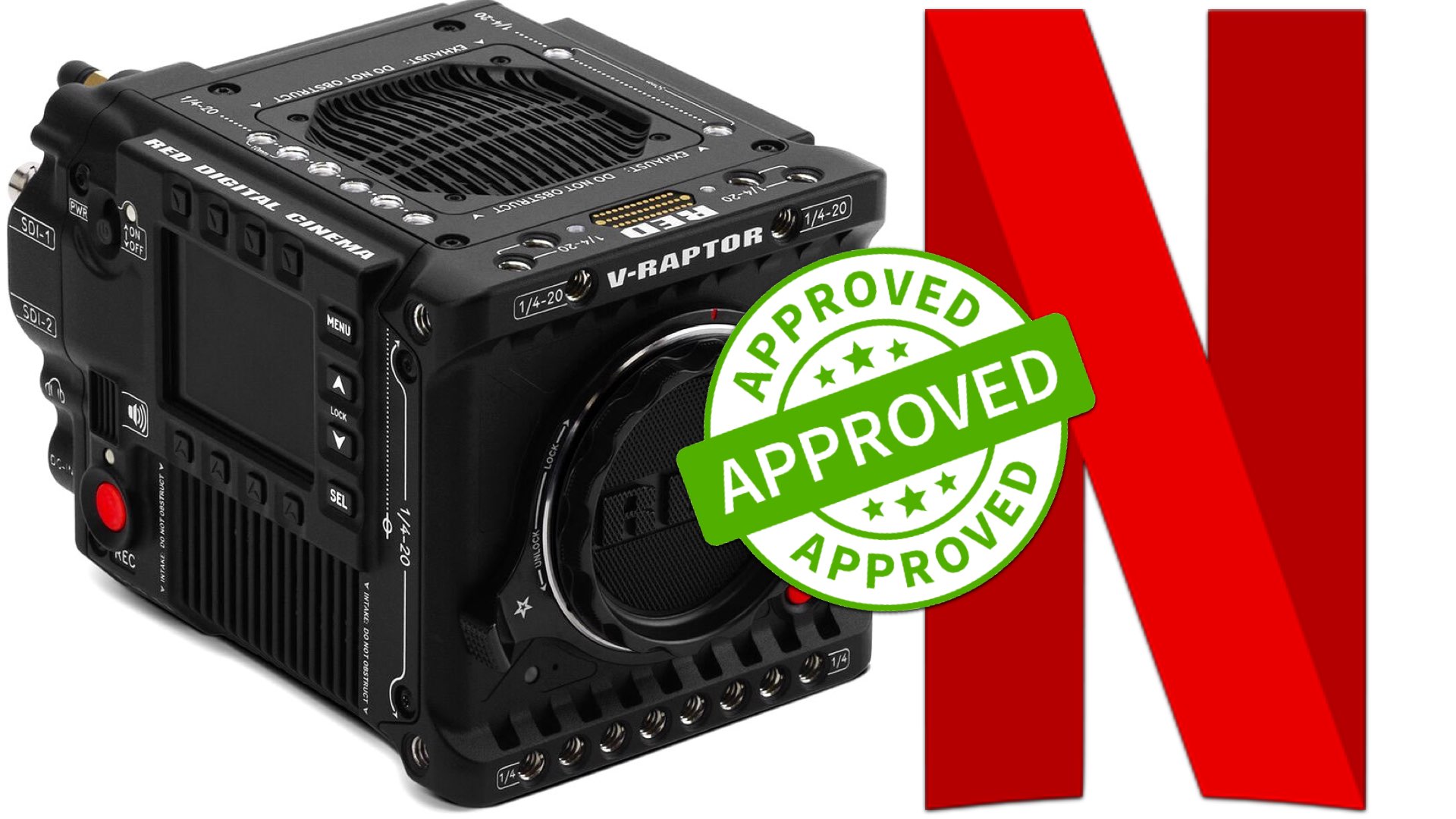


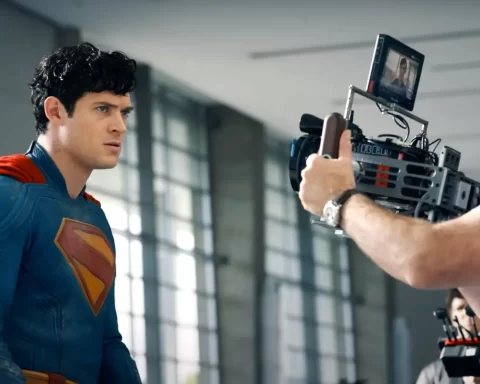
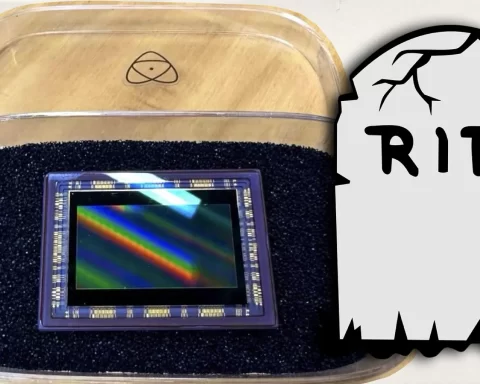
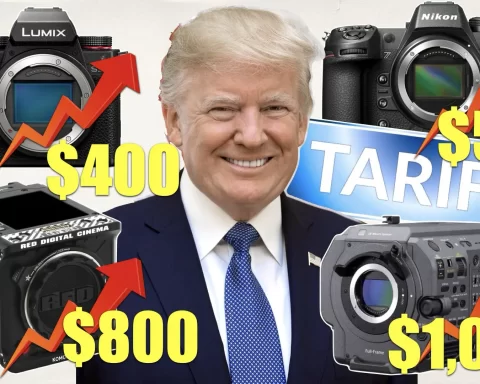
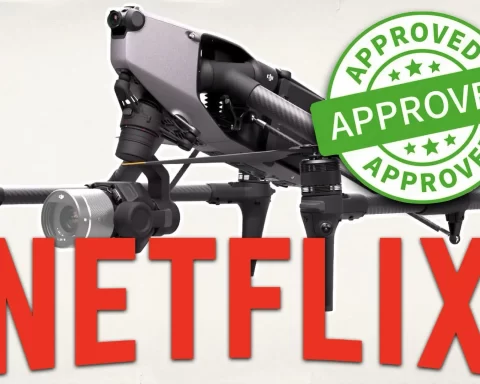

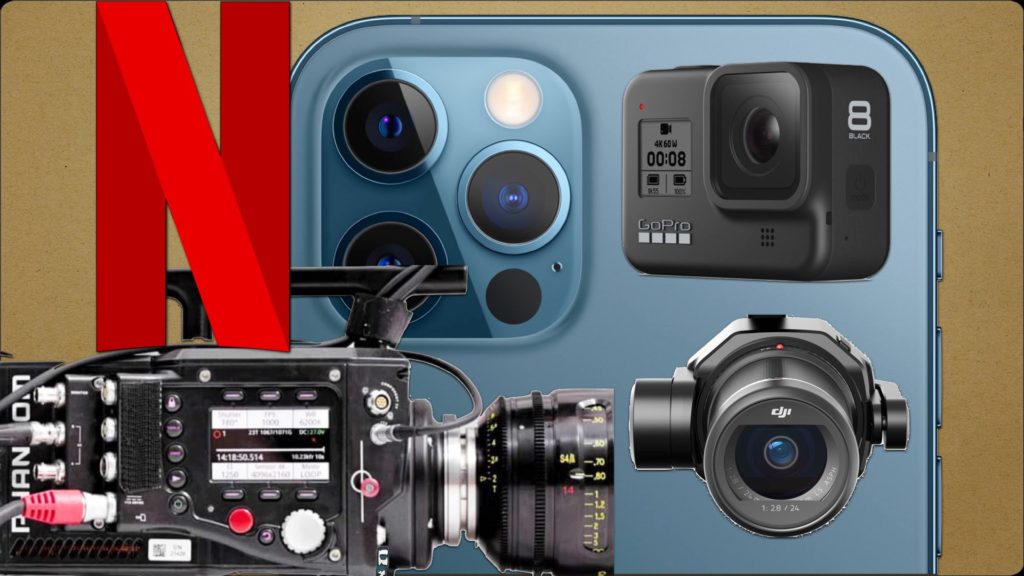
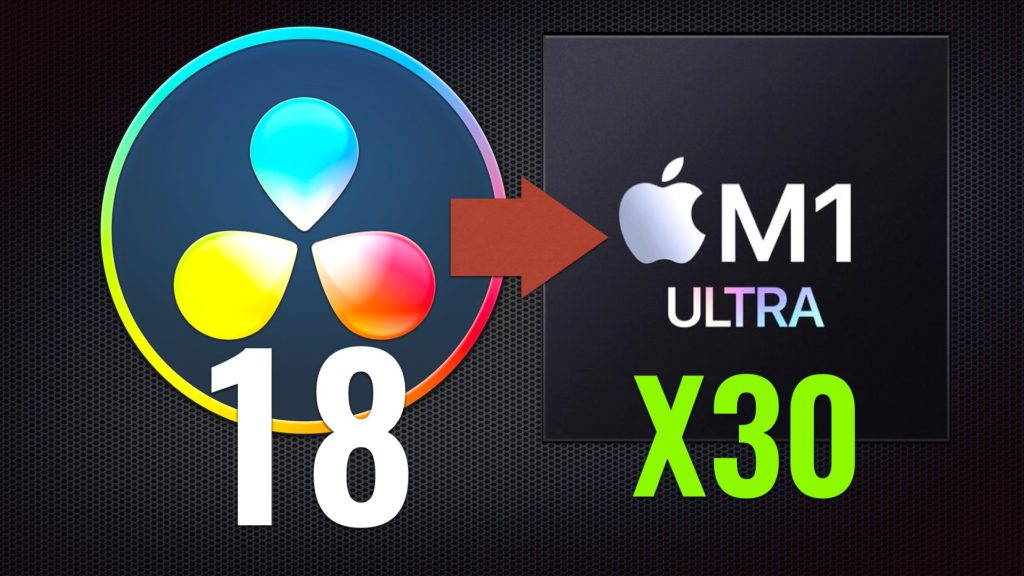


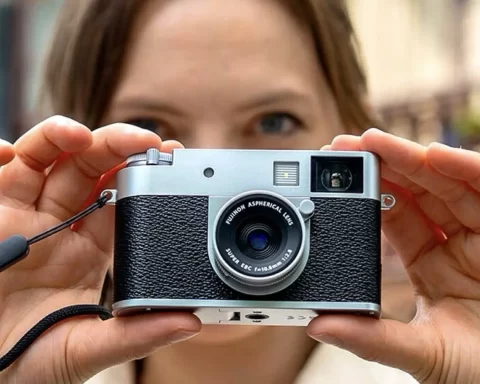

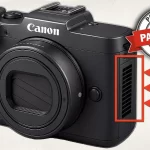

I never understood why is so important for Netflix to have these “cameras approval” with a such level of compression with their streaming flux…